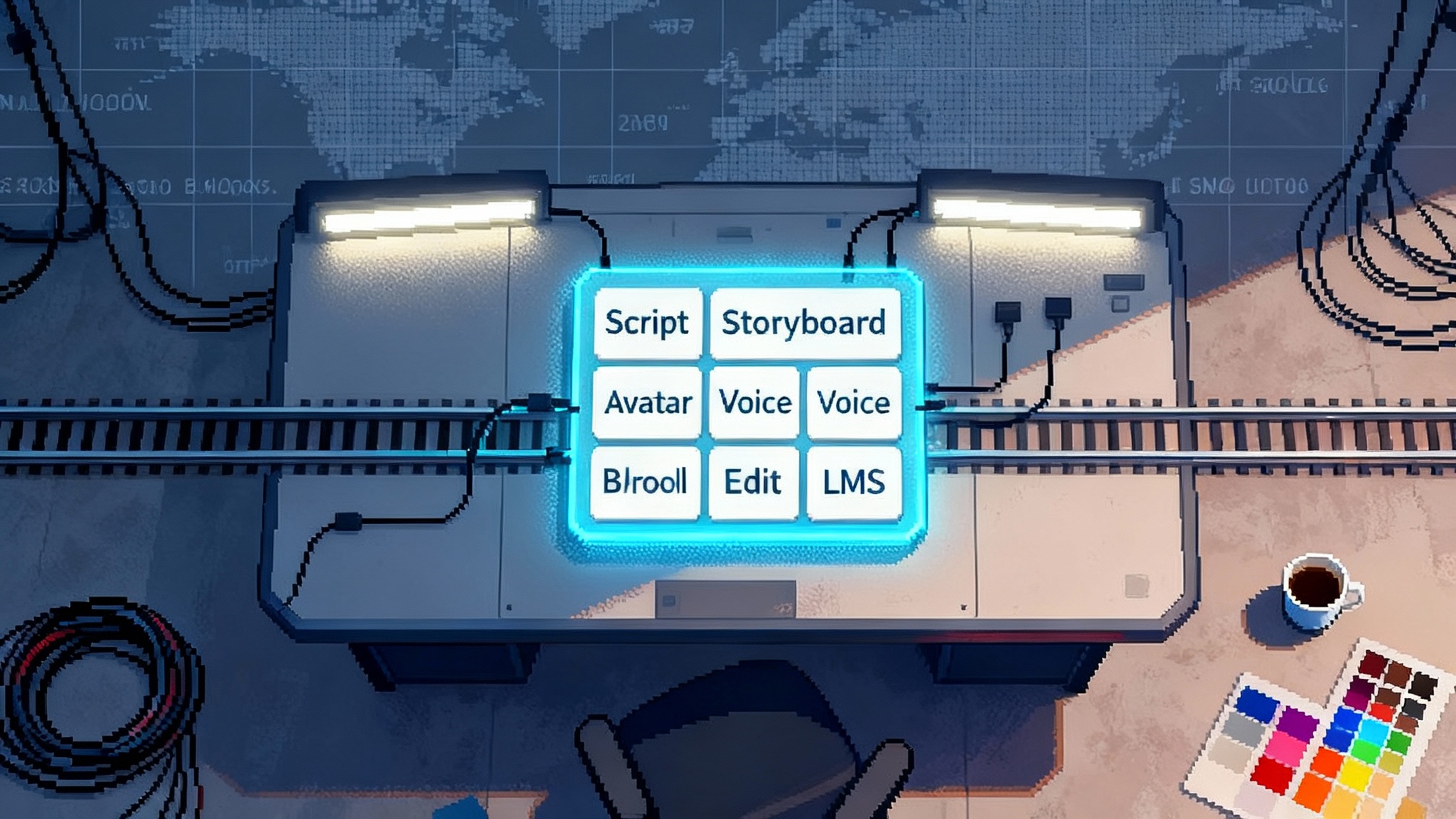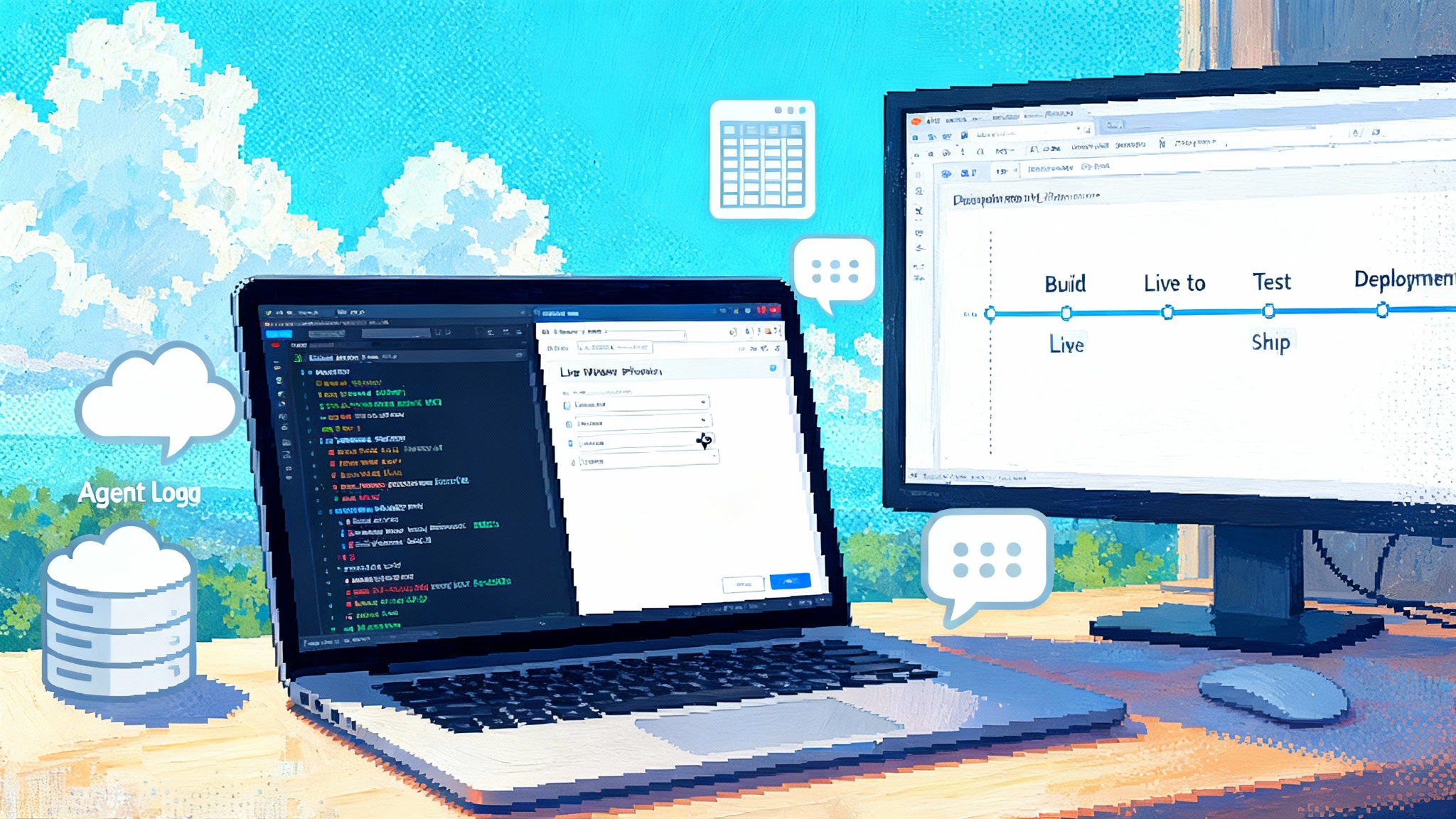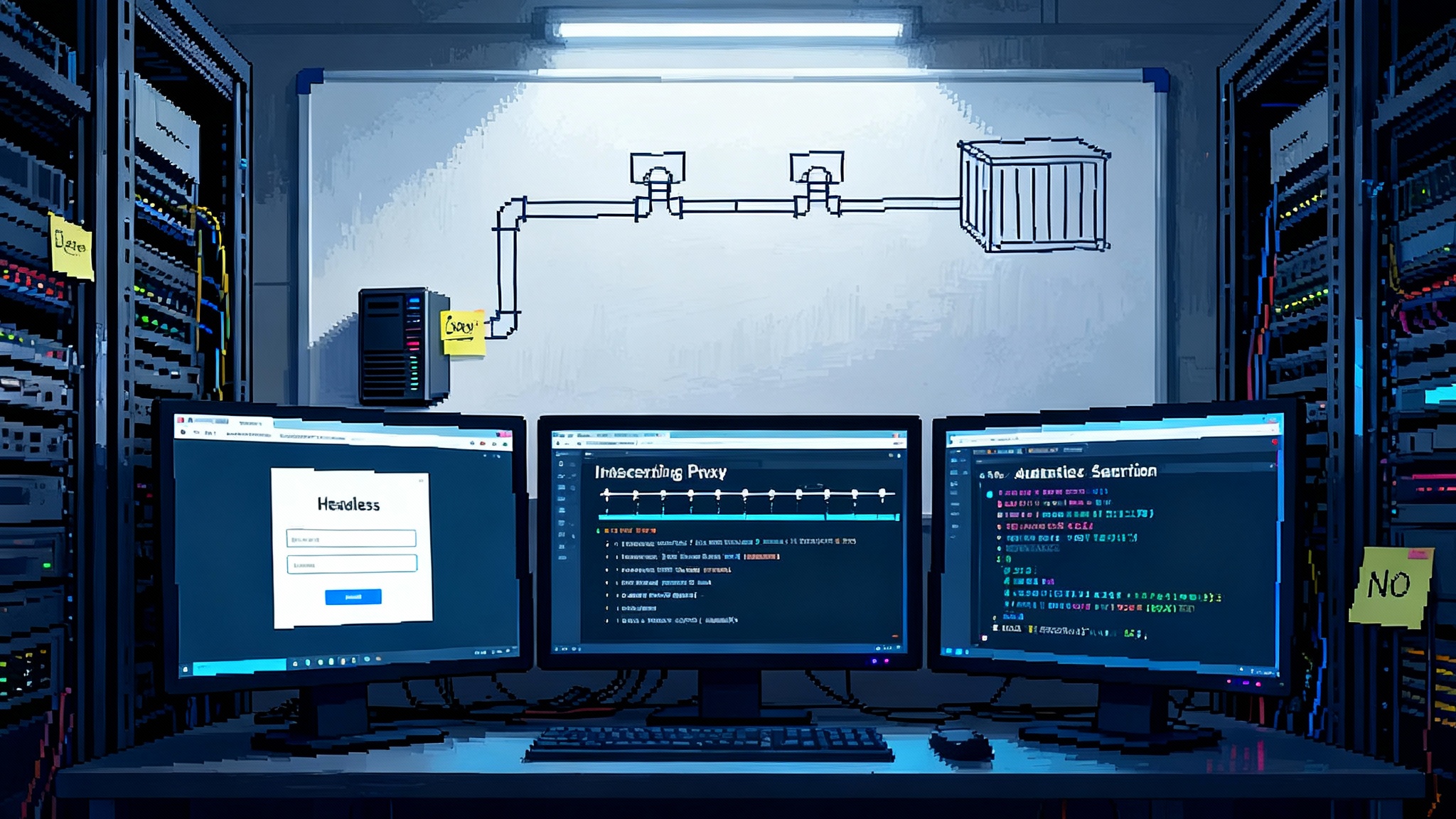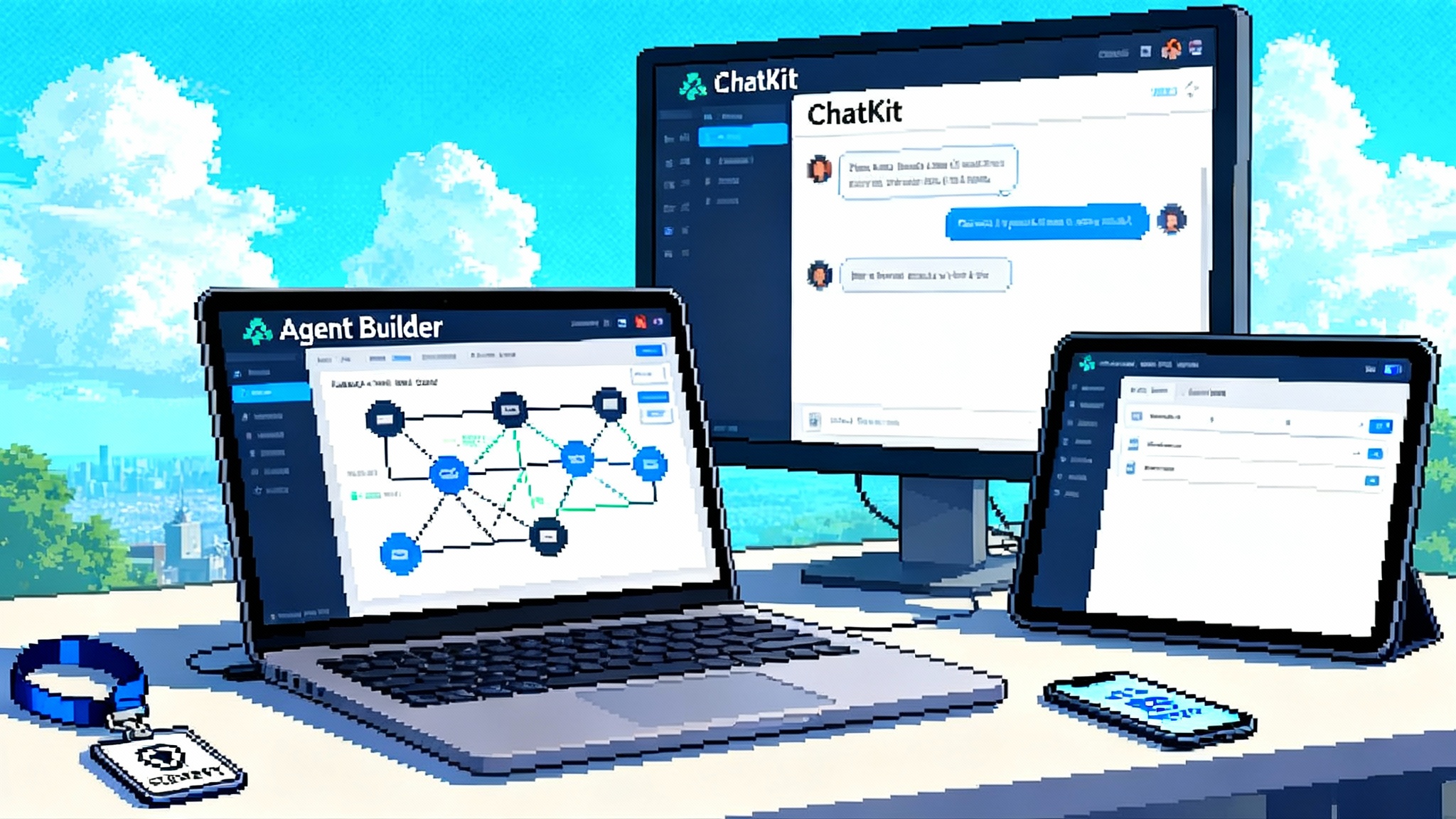Dialpad’s Agentic AI ushers contact centers into action
Dialpad launched an agentic AI platform that moves contact centers from answer lookup to real execution. Voice native agents, reusable skills, and vendor neutral connectors reset ROI and open a new stack for builders.

Breaking news, and why it matters
On October 9, 2025, Dialpad announced an Agentic AI Platform designed to build autonomous voice and text agents that can plan, call tools, and complete multistep tasks, not just surface knowledge. The company positions this as a clean break from the chatbot era of deflection and frequently asked questions. Early customers span healthcare, retail, real estate, recruiting, automotive, and legal services. The claim is simple and consequential for every contact center leader: the center of gravity is moving from retrieval to execution. See Dialpad’s primary announcement in Dialpad launches its Agentic AI Platform.
This is more than a product update. It is one of the first mainstream cases where agentic systems will live in production with real customers, real phone calls, and real outcomes. Contact centers make a natural beachhead. They already run on structured workflows, they measure everything, and their economics are visible down to the minute. When a system can act instead of only answer, the math changes quickly.
From retrieval to execution, one domain at a time
For the last decade, contact centers tried everything to get customers what they needed faster: web self service, scripted bots, suggested replies, and retrieval augmented generation that quotes a knowledge base. These tools reduce hold times, yet they still dump the work back on the customer. You still have to authenticate, pull up an account, update an address, schedule an appointment, apply a refund, and send a confirmation email. The difference with agentic systems is practical and measurable. The agent performs the steps. The customer confirms the outcome.
Think of retrieval as a good librarian and execution as a reliable concierge. The librarian finds the policy. The concierge actually rebooks your flight. Contact centers are ready for concierges.
Three shifts make this step change plausible now:
- Voice native agents that handle real calls with human turn taking, barge in, and low latency so conversations feel natural.
- Reusable skills and workflows that package actions such as authenticate, lookup, update, schedule, and refund into building blocks teams can compose.
- Vendor neutral connectors that plug directly into the systems you already use without locking action to one vendor’s garden.
Each shift changes the return on investment in a specific, testable way.
Voice native agents change the payback window
Most contact volume is still voice. Customers call when money, access, or urgency is involved. Voice is messy and costly because it blends speech recognition, intent, decisioning, and tool invocation under tight latency budgets. When an agent can work natively in voice, the benefits stack quickly:
- Containment without frustration. If a voice agent resolves the task on the first call, you avoid repeat attempts across channels. That lowers cost per resolution, not just cost per contact.
- Human grade handoffs. True voice native means the system preserves context when it brings in a person. No repetition. That saves time and improves customer satisfaction.
- Real barge in. The customer can interrupt, clarify, or change course mid sentence. That keeps average handle time from creeping up the moment a real user behaves like a real user.
A simple model shows the compounding effect. Suppose you handle 1 million interactions per year at a blended cost of 4 dollars per contact. If agentic voice contains 30 percent of them end to end, you reduce spend by 1.2 million dollars. If average handle time on the remaining 70 percent drops from six minutes to five because the agent pre fills context and performs sub steps, you save another 70,000 agent hours. At 25 dollars fully loaded per hour, that is 1.75 million dollars. These numbers are illustrative, but they show why leaders run toward voice native instead of text only.
Reusable skills make pilots faster and safer
Skills are to agents what apps are to smartphones. A skill encapsulates a task such as authentication, order lookup, policy eligibility, appointment scheduling, or payment capture. Good skills have four properties that matter in a contact center pilot:
- Clear inputs and outputs. For example, authenticate takes name, phone, and one time code, then returns customer_id and confidence score.
- Guardrails and tests. Each skill includes unit tests, rate limits, and rejection criteria. Fail closed if a confidence threshold is not met.
- Observability hooks. The skill logs tool calls, results, tokens, latency, and decision paths so you can audit outcomes.
- Composability. Skills snap together in a flow builder, so a product manager can chain authenticate, lookup, update, and notify without calling in a full engineering sprint.
Reusable skills shorten the time from idea to impact. They also reduce error surface because every team uses the same vetted building blocks. One source of truth for authentication is safer than a dozen ad hoc scripts.
Vendor neutral connectors unlock action, not just answers
Most chatbots got stuck at the front door because they could not take action inside your customer relationship management system, order management system, scheduling platform, or payment gateway. A vendor neutral connector layer changes that. It speaks the protocols of many systems and lets you bring your own tools safely. That matters in three ways:
- You avoid ripple effects. You do not have to rip out your existing stack to try an agent.
- You control data gravity. Data stays in the systems that must own it, which simplifies governance and compliance reviews.
- You reduce switching costs. The same skills can call different back ends per region or brand. Portability keeps vendors honest.
If you want the broader context for why data placement and execution context matter, see how the environments hub makes data the moat in adjacent AI stacks.
This is why contact centers are the first domain to cross from retrieval to execution. The systems of record are already there. The agent now has hands, not just a mouth.
What to validate in a real pilot
Agentic hype evaporates the first time a system issues a refund for the wrong account. The fix is a crisp pilot plan with explicit tests. Use this checklist to structure the first 60 days.
Tool permissions and scope
- Create least privilege roles for every connector. Start with read only, then add write for controlled fields.
- Require dual confirmation for high risk actions such as refunds above a threshold or account deletions. Use a second factor or a human approval step.
- Capture immutable audit trails at the skill level so security can reconstruct who did what, when, and why.
Loop controls and handoffs
- Set maximum interaction length and step count per session. If the agent exceeds either, hand off to a human with context.
- Define escalation phrases and signals. If the customer says frustrated, lawyer, or cancel, transfer immediately.
- Track bounce backs. If a human re routes the case back to the agent, measure outcomes to tune collaboration rather than yank features.
Cost guardrails
- Put a hard cap on model spend per session and per day. Alert on spikes.
- Cache tool responses with short time to live for common reads, such as order status, to avoid paying twice.
- Benchmark latency budgets by channel. If voice round trip exceeds 800 milliseconds, investigate before scaling.
Compliance guardrails
- Redact payment data and sensitive health information at the speech layer and the text layer.
- Keep analytics and training data in the region required by your regulators.
- Run synthetic test calls that probe known risky patterns, such as prompt injections that try to bypass a refund workflow.
Success metrics
- Containment, not deflection. A case is contained only if the customer’s goal was completed and verified.
- AHT after agentic assist. Track average handle time for human agents after the agentic front end to see whether collaboration is working.
- False positive rates. Monitor authentication and eligibility accuracy. Small error rates on big volumes drive real risk.
Finally, collect a random sample of sessions each week and review them with legal, security, and operations in the room. You will find issues, and you will fix them faster together.
The new ROI math
Previous waves of contact center automation paid back on reduced labor minutes, better first call resolution, and smaller training budgets. Agentic systems shift the economics to outcome completion. Two dynamics amplify ROI:
- Multiplicative effects. When an agent both contains a task and accelerates the remainder of human handled calls, the savings compound.
- Utilization inversion. Off hours no longer mean idling capacity. Agents operate 24 by 7, which flattens peak curves and shrinks overstaff buffers.
On the revenue side, agents do not forget cross sell or follow ups, and they do not get fatigued. A warranty registration that used to be nice to have becomes standard because it costs almost nothing to ask and complete.
These dynamics explain why Dialpad and others are pushing hard. In channel terms, partners can package skills that solve a business problem in a week, not a quarter. In operations terms, leaders can forecast impact with precision because the unit of value shifts from minutes to completions.
What Dialpad adds to the story
Dialpad is not the only vendor on this arc, yet its launch is noteworthy for two reasons. First, the platform is anchored in voice native infrastructure the company already owns, so turn taking and barge in are not bolted on. Second, it leans into packaging. Partners and customers can compose agents from prebuilt skills and ship quickly. Channel coverage emphasized speed and industry templates such as retail, recruiting, and automotive in CRN on Dialpad’s agentic platform.
The competitive field will include Talkdesk, NICE, Five9, Genesys, Salesforce, ServiceNow, Zendesk, and independent voice infrastructure providers. Expect rapid iteration on trust layers, analytics, and vertical templates.
The startup opening: skills, observability, and trust layers
When a platform turns into a marketplace of skills, three opportunity layers emerge for new companies.
1) Skills and workflows
- Vertical depth. Build skills that handle regulated edge cases in healthcare eligibility, airline irregular operations, or utility outage triage where general purpose platforms hesitate.
- Outcome warranties. Offer a pay for performance model where the customer pays per successful completion, not per session. This aligns incentives and differentiates your catalog.
- Cross vendor portability. Publish skills that run on multiple contact center platforms. Abstraction wins when buyers run mixed stacks across regions or brands.
The same shift toward execution is visible elsewhere in the stack. If you need a reminder that memory is the new control plane for outcomes, revisit why memory as the control point is emerging as a core advantage for agent systems.
2) Observability and analytics
- Agentic tracing. Provide a timeline of every decision, tool call, and state change with millisecond precision. Security teams need forensic clarity, and operations teams need bottleneck diagnosis.
- Cost intelligence. Break down spend by model, by channel, by skill, and by connector. Alert on anomalies such as an authentication loop that silently doubled spend.
- Quality measurement. Move beyond sentiment to task success, rework rates, and regression detection when a connector changes an API.
If you are exploring telemetry without heavy code changes, see how zero instrumentation agent ops thinking is bleeding into the AI runtime.
3) Trust and policy control
- Runtime policy engine. Enforce who can act, on what, under which conditions, and with what approvals. Ship adapters for common identity providers and ticketing systems.
- Data leakage prevention for speech and text. Inspect streams in real time for secrets and sensitive data, then block, mask, or inject guidance.
- Safety layers for tool use. Intercept tool calls that mix identities or cross tenants. Simulate high risk actions in a sandbox before committing to systems of record.
Design for coexistence. You will sit beside the platform, not replace it. The fastest path to relevance is to remove a blocker that slows pilots today, then prove the fix with dashboards executives can parse at a glance.
Practical steps for buyers this quarter
- Pick two tasks and instrument them. Choose one transactional task, such as order status, and one change task, such as address update. Define acceptance criteria as outcome completion, not just reply accuracy.
- Limit yourself to five skills and three connectors. Complexity is the enemy of a clean pilot. Start small, then expand.
- Put finance and compliance in the loop on day one. Share the cost guardrails and the audit plan up front. Surprises kill momentum.
- Train a playbook for human agents. Show them how to accept a handoff, how to send a task back to the agent, and how to mark a resolution for quality review.
- Set a weekly cadence. Review metrics, listen to call samples, and tweak skills. Aim for sprint like improvements, not a big reveal at the end.
What could go wrong, and how to avoid it
- Quiet drift in tools. If a back end system changes a field name or a permission, a skill can fail silently and increase handle time. Solve this with contract tests that run nightly and alert on any mismatch.
- Cost creep in voice. Latency fixes that chain multiple models can balloon cost. Establish a per session cost ceiling and test fallbacks deliberately.
- Overconfidence in retrieval. A good answer is not a completed task. Keep your eye on completion rate and verified outcomes. Coach teams out of old habits where a helpful paragraph counted as success.
The bottom line
Dialpad’s launch matters because it embeds action into the customer’s first touch on the channel where urgency lives. Voice native agents that can act, reusable skills that compress setup time, and vendor neutral connectors that reach into real systems push contact centers over the threshold from retrieval to execution. That is why the return starts to look like stacked blocks rather than a thin layer of speed.
For buyers, the play is to run a disciplined pilot that proves completion, safety, and cost control in the same month. For builders, the new stack is forming above the platform, where skills, observability, and trust will decide who ships and who stalls. The chatbot era taught us to answer faster. The agent era will be judged on whether the work gets finished. That is the difference customers will feel, and the advantage that will separate leaders from the pack.








